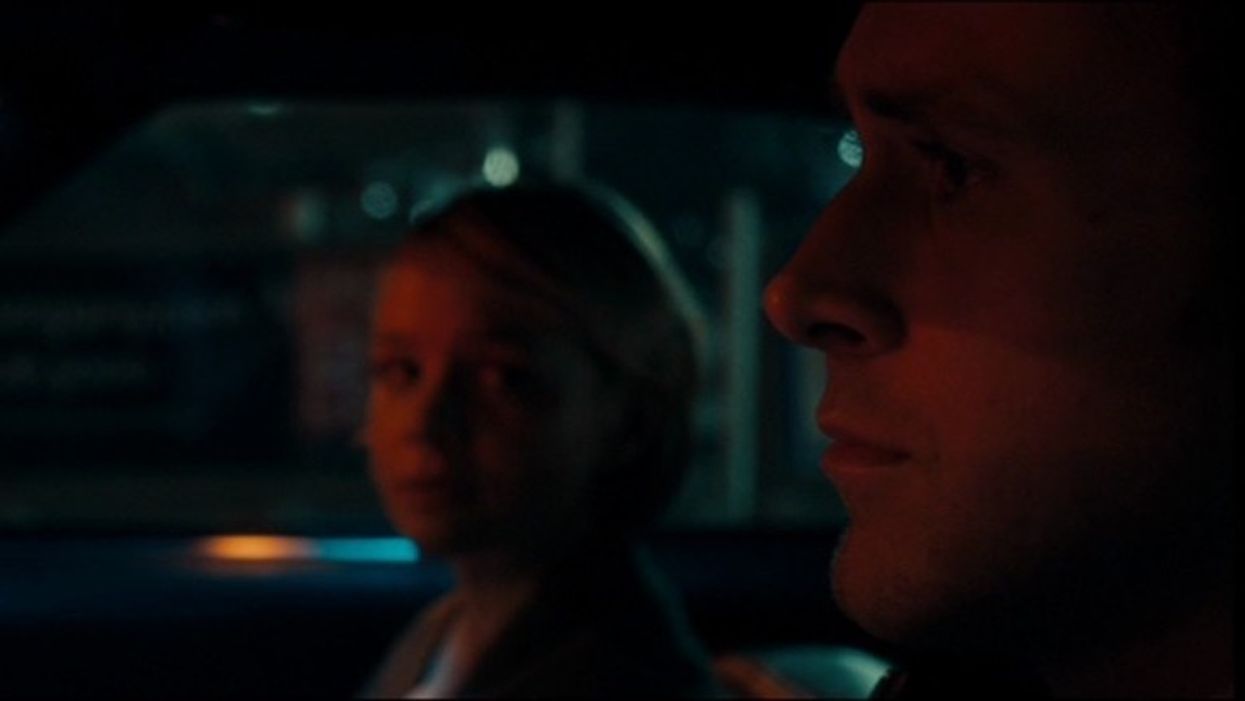This Is How Newton Thomas Sigel Changed the Game with 'Drive'
Have you ever wondered how Newton Thomas Sigel was able to make Drive look so damn cool? Well, we’ve got the answer.

The cinematography of Drive is like no other. The urban, neon lighting that bathes the dark scenes created a mood in the film that we are still talking about 10 years later. This is partially thanks to the film’s cinematographer, Newton Thomas Sigel.
Sigel, who is known for his work on films like Towelhead, The Usual Suspects, andBohemian Rhapsody, sat down with CookeOpticsTV to break down how he created some of the best shots through cameras, lighting, and color grading in Drive.
Let's check it out.
Before Sigel started working on Drive, his go-to method of shooting was film. Classic and timeless. Then, the ARRI Alexa came out. Robert Richardson started using it on the film he was working on, Hugo, and Sigel was impressed with the results.
Sigel thought he’d give it a shot, and he was blown out of the water by the results.
The ARRI Alexa allowed him to explore the world of the film more. The neon street lighting of Los Angeles was captured through Sigel’s new method of filming which allowed the movie to embrace the story and its setting.

All of the shots with the unnamed Driver (Ryan Gosling) were shot at a very low light level with very small lights rigged all over the car. The gaffer drove in a vehicle behind the car and communicated with Sigel through a headset about when to turn on and off lights or when to crossfade to mimic a car passing by.
Colors like sodium vapor and mercury vapor and certain reds make the free drive scenes look as natural as possible.
Sigel was impressed with how he was able to capture the streetlight changing from green to red while it illuminated Ryan’s face. It was a natural feeling.
Next time you're in a car at night, driving or riding shotgun, watch how the lights from the city reflect in the car, then go home and watch Drive and notice how perfectly captured the lighting is.

When it came to the action parts of the film, the lighting became a little more difficult to nail because of safety reasons. A lot of that lighting had to be done by camera cars and total shots.
Color grading for Drive was one of Sigel’s favorite parts for several reasons. When he took the footage into the colorist, they looked at the range they had with the footage and how much they could alter it without compromising the film. That is when Sigel had confidence in the ARRI Alexa. The range he had was like no other. Even with a sensitive camera, the end product was mind-blowing.
With the 10th anniversary of Drive here, we can confidently say that Sigel’s work is still breathtaking, and we are still trying to take as many notes as possible.
Take a risk and use a different camera than the one you are used to shooting on. The result may just be groundbreaking.
What do you think of Sigel’s work on Drive? Let us know in the comments below!
Source: CookeOpticsTV














